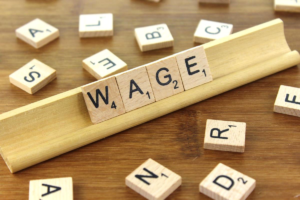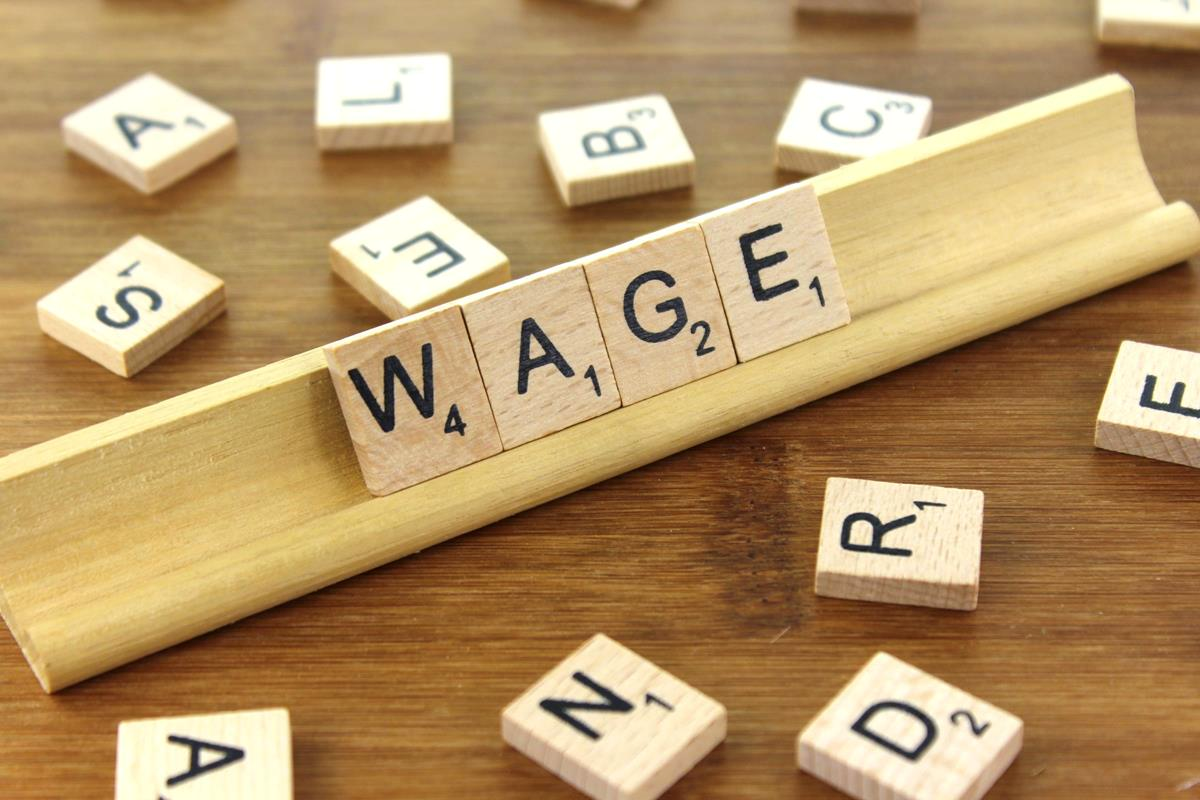20 September 2018
Watch wages
Higher pay means higher interest rates.
by Frank O’Nomics
 The US and the UK are not just 2 nations divided by a common language. They both have remarkably similar economies, particularly when it comes to labour (or labor) markets. Economic adherents of the Phillips Curve have long struggled with the subdued upward pressure on wages that their long standing theories told them should be rising much more markedly, given the low levels of unemployment. Well, even a stopped clock is eventually right and recent data on both sides of the Atlantic suggests that wages are finally starting to pick up pace. Higher wages will mean higher inflation and hence a need to increase interest rates. Inflation was picking up even before the pay factor kicks in (there is always a lag), with a surprise rise in UK CPI this week from 2.5% to 2.7%. The shock factor in the US may not be that great, given that markets already anticipate a steady increase in interest rates. For the UK there could be a ruder awakening and one that will be made still worse if Brexit is used as an excuse to hold fire for too long.
The US and the UK are not just 2 nations divided by a common language. They both have remarkably similar economies, particularly when it comes to labour (or labor) markets. Economic adherents of the Phillips Curve have long struggled with the subdued upward pressure on wages that their long standing theories told them should be rising much more markedly, given the low levels of unemployment. Well, even a stopped clock is eventually right and recent data on both sides of the Atlantic suggests that wages are finally starting to pick up pace. Higher wages will mean higher inflation and hence a need to increase interest rates. Inflation was picking up even before the pay factor kicks in (there is always a lag), with a surprise rise in UK CPI this week from 2.5% to 2.7%. The shock factor in the US may not be that great, given that markets already anticipate a steady increase in interest rates. For the UK there could be a ruder awakening and one that will be made still worse if Brexit is used as an excuse to hold fire for too long.
Economic theory argues that, once unemployment falls below its “natural rate”, wages start to see exponential increases as higher pay is needed to attract the marginal worker. For some years, while unemployment in the UK and the US repeatedly hit new lows there was barely a glimmer of pressure on wages. There are a number of potential reasons; the “gig” economy has helped to provide labour market flexibility, and low interest rates have meant limited pressure on “zombie” firms to cut jobs. Both factors have also helped to keep UK productivity alarmingly low, with UK total factor productivity at levels not seen since the eighteenth century. Low productivity is a big problem when wages start to turn up, as there is no safety valve to prevent a feed through to higher retail price inflation. Once this process starts, and the data suggest that it is starting, the only real response is to raise interest rates.
Just how worried should rate setters be? In the US there have already been a number pre-emptive interest rate rises as the Fed correctly read the forward indicators. However, even with rates at 1.75-2%, the pressure to increase further is undimmed, with the latest data on average hourly earnings (up 2.9% from last year) rising at their fastest rate for 9 years. The fall in US unemployment may have stalled (the rate is steady at 3.9%) but other indicators suggest underlying pressure. The numbers of people working part time because they have struggled to find full-time employment is falling, and 37% of small business have vacancies that they cannot fill. All of this makes an increase in US interest rates next week much more likely, with further moves in December and next year. How far could they go? One Fed governor (albeit a non-voting one) has said that rates need to go to, and potentially beyond, a “neutral” level of 3%. If so it will be hard for the Fed to argue, as it does currently, that its policy is “accommodative” and that moves will be “gradual” – with “neutral” and “steady” becoming more appropriate Fed-speak.
What about the UK? Last week saw the release of UK labour market data remarkably similar to that in the US. Here also average earnings (excluding bonuses) hit 2.9%, with basic wages rising 3.1% and unemployment steady at its lowest level (4%) since 1975. Overall wage growth (including bonuses) increased to 2.6% and the Bank of England sees this as rising to 3.5% next year. There are of course some positives to take from this given that, after a long period of declining real wages, pay is now outstripping inflation (although less so after this week’s 2.7% CPI release). Nevertheless, these are numbers that would normally see central bankers look seriously at raising interest rates.
There are a number of reasons why the MPC will be less responsive than the Fed. In part there will be some caution (prompted by the ONS) that the higher numbers are partly the result of subdued wage growth a year ago. Nevertheless, the increase in NHS pay, since the cap was withdrawn, have yet to properly impact the data, and the MPC will watch for other public sector awards in this Autumn’s Budget. The overriding factor staying the hand of Mr. Carney and friends is concern about Brexit. If the MPC really sees a high risk of economic damage from a disorderly Brexit they will be understandably reluctant to tighten monetary policy. However, all things being equal, once the deed is done there is likely to be a need to push rates up more quickly, and the longer rates remain low the higher they are likely to have to rise.
The bottom line then is that both the US and the UK seem to be facing rising wage pressure. The difference is that the Fed is empowered to do something about it but the MPC is not – at least not yet. It may well be May of next year before UK rates see their next increase but, if the MPC waits that long, the pace of rises could be more rapid thereafter.


